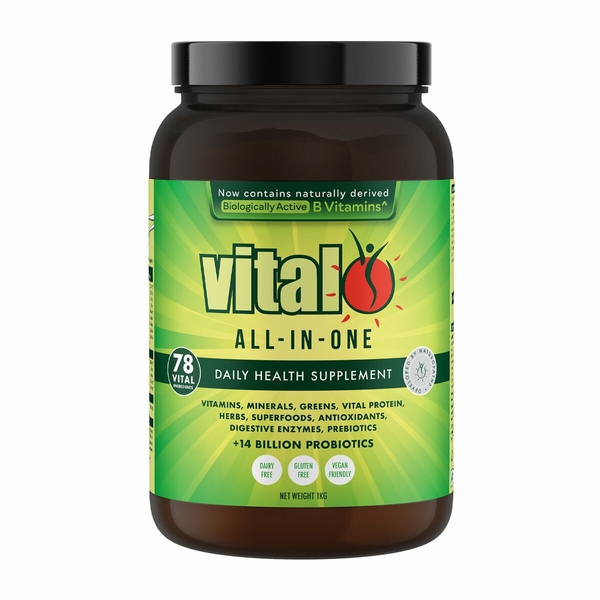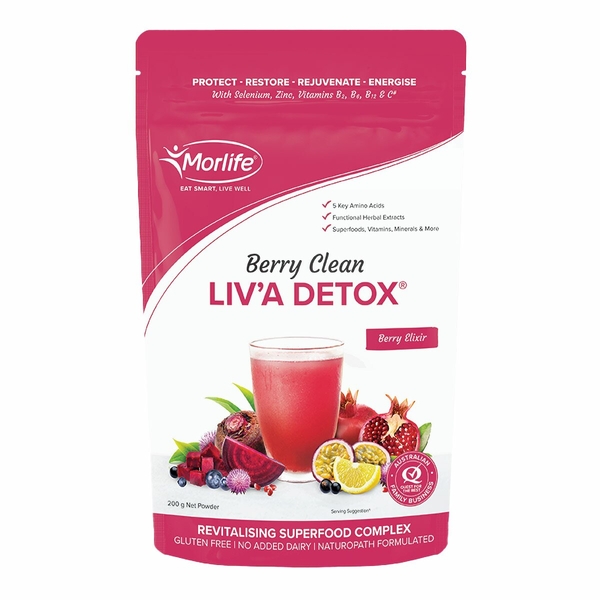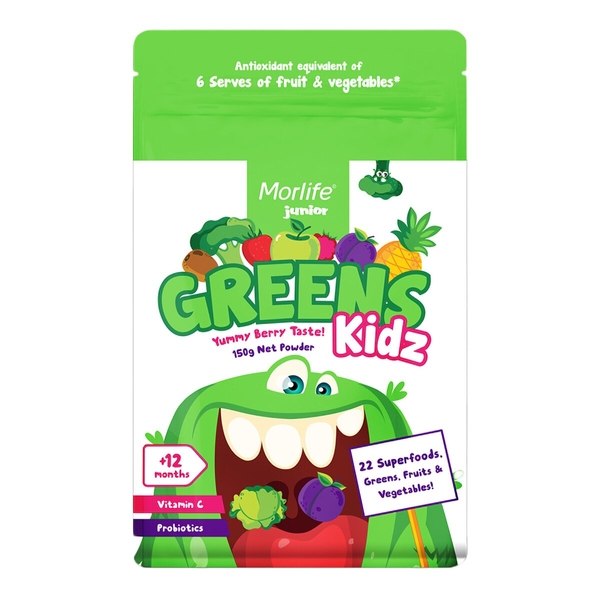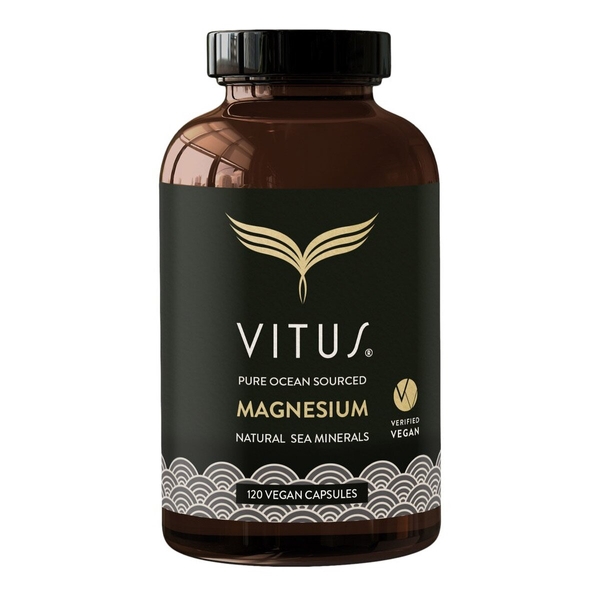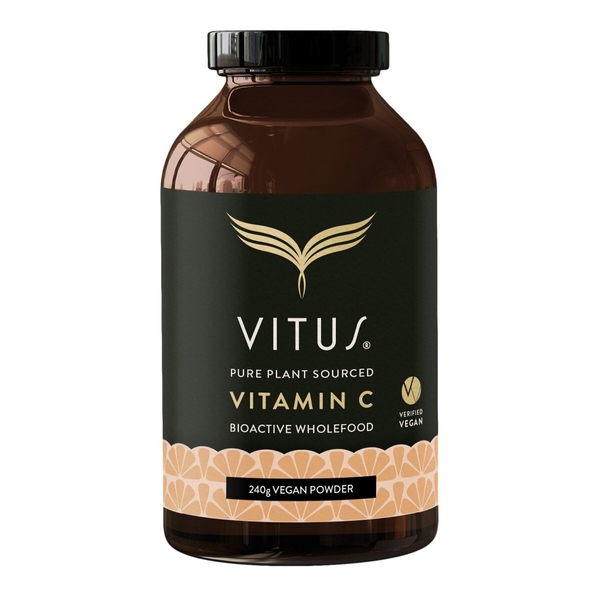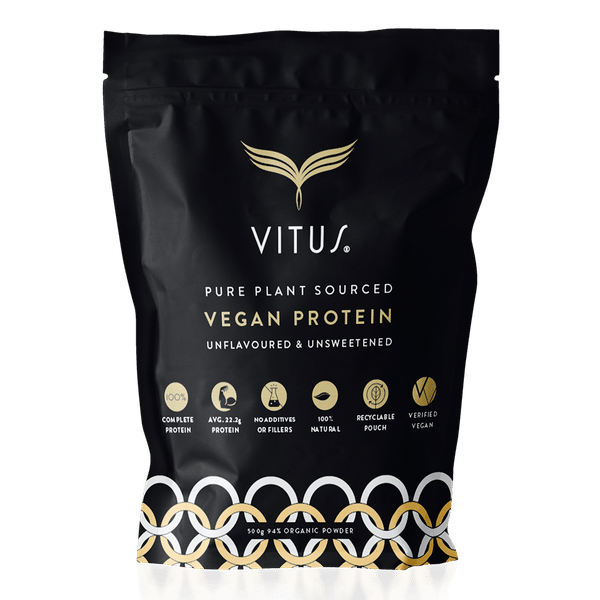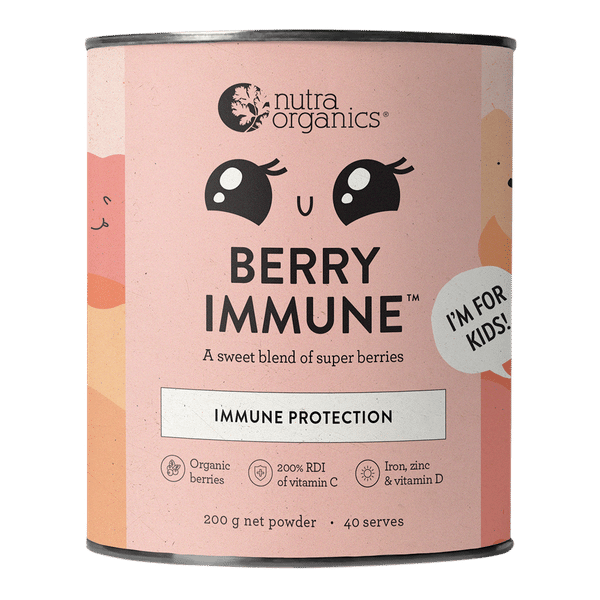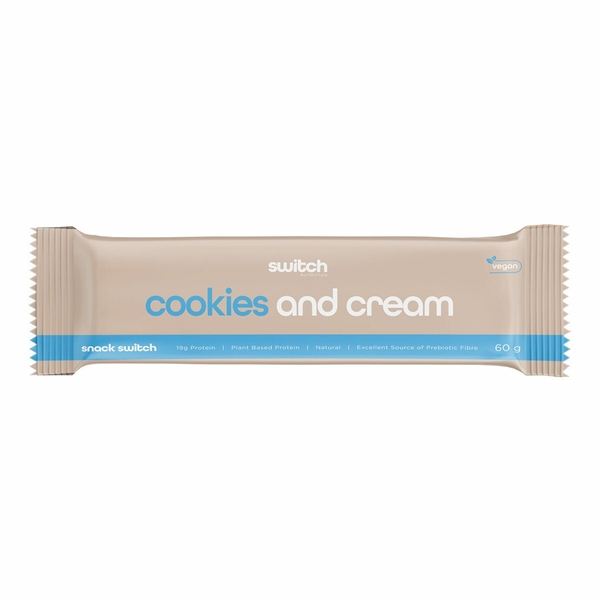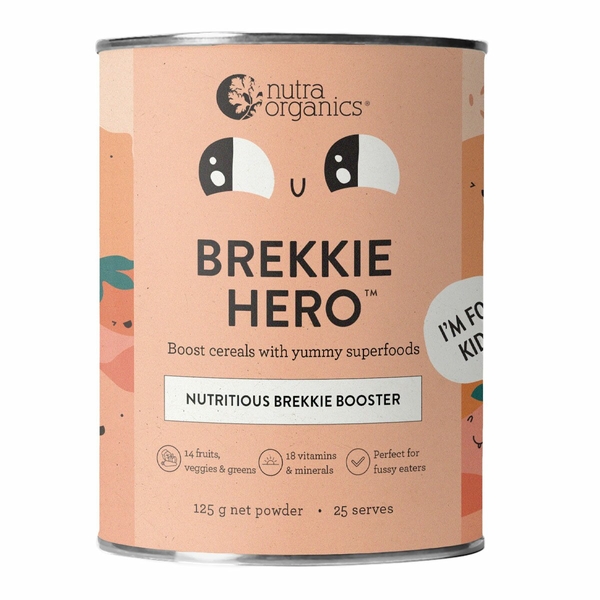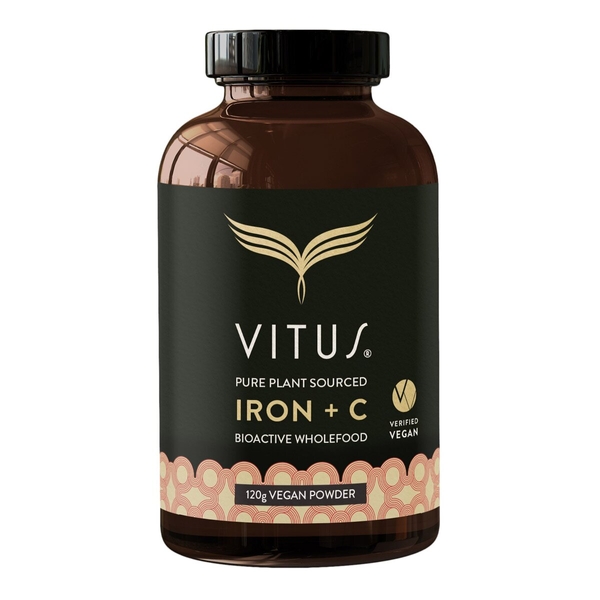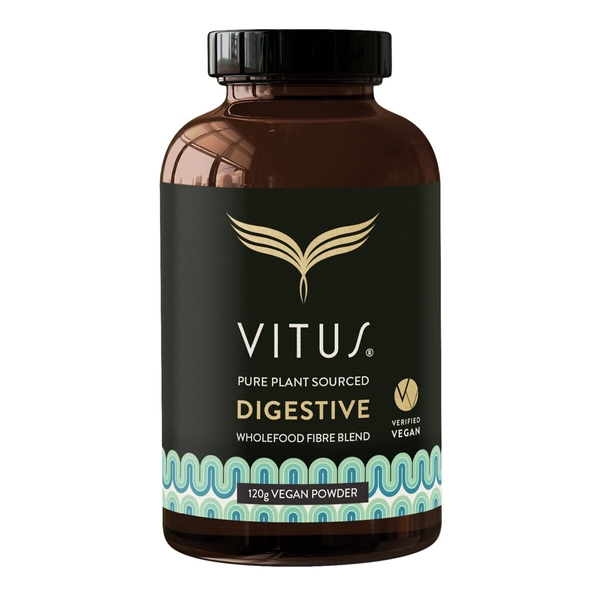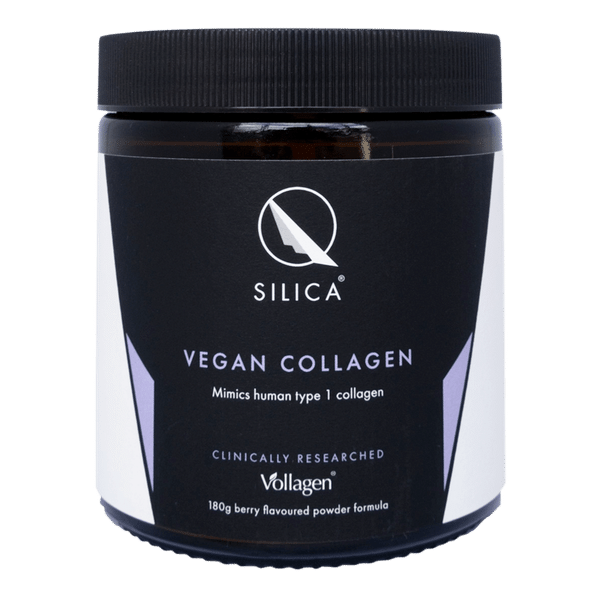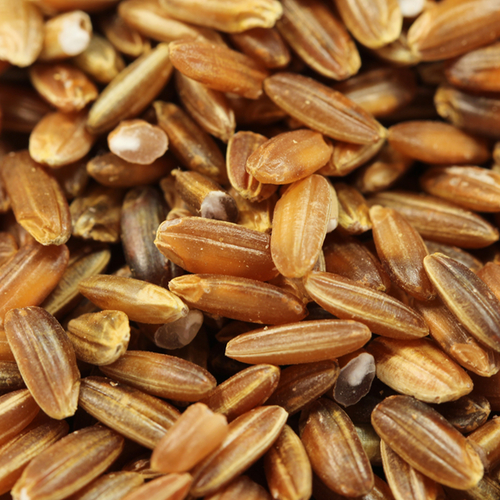
Rice bran
Scientific names: Oryza sativa
Alternate names: Brown Rice Bran, Cereal Fiber, Dietary Fiber, Fibre Alimentaire, Fibre Céréalière, Huile de Son de Riz, Rice Bran Oil, Ricebran Oil, Riz de Son, Salvado de Arroz, Son de Riz, Stabilized Rice Bran
Background
Rice bran comes from the outer layer of rice (Oryza sativa). Rice bran oil is popular as a "healthy oil" in Japan, Asia, and particularly India.
Rice bran oil contains substances that might decrease how much cholesterol the body absorbs. Rice bran might also decrease calcium absorption, which might help prevent certain types of kidney stones from forming.
People use rice bran for high cholesterol, diabetes, high blood pressure, athletic performance, and many other purposes, but there is no good scientific evidence to support many of these uses.
Don't confuse rice bran with rice bran arabinoxylan compound, or other forms of bran such as oat bran and wheat bran.
Rice bran oil contains substances that might decrease how much cholesterol the body absorbs. Rice bran might also decrease calcium absorption, which might help prevent certain types of kidney stones from forming.
People use rice bran for high cholesterol, diabetes, high blood pressure, athletic performance, and many other purposes, but there is no good scientific evidence to support many of these uses.
Don't confuse rice bran with rice bran arabinoxylan compound, or other forms of bran such as oat bran and wheat bran.
Safety Safety definitions
When taken by mouth: Rice bran is commonly consumed in foods. Rice bran and rice bran oil have been used safely in doses up to 30 grams daily for up to 5 years. Increasing the amount of bran in the diet can cause side effects such as gas and stomach discomfort during the first few weeks.
When applied to the skin: There isn't enough reliable information to know if rice bran is safe or what the side effects might be.
Children: Rice bran is possibly safe when used appropriately. It has been used in food for infants for up to 6 months with no side effects.
Gastrointestinal (GI) conditions: Don't use rice bran if you have a digestive tract problem such as ulcers or other stomach disorders. The fiber in rice bran could block your digestive tract.
When applied to the skin: There isn't enough reliable information to know if rice bran is safe or what the side effects might be.
Special Precautions & Warnings:
Pregnancy and breast-feeding: Rice bran is commonly consumed in foods. But there isn't enough reliable information to know if it is safe to use in larger amounts as medicine. Stay on the safe side and stick to food amounts.Children: Rice bran is possibly safe when used appropriately. It has been used in food for infants for up to 6 months with no side effects.
Gastrointestinal (GI) conditions: Don't use rice bran if you have a digestive tract problem such as ulcers or other stomach disorders. The fiber in rice bran could block your digestive tract.
Effectiveness
NatMed Pro rates effectiveness based on scientific evidence according to the following scale: Effective, Likely Effective, Possibly Effective, Possibly Ineffective, Likely Ineffective, Ineffective, and Insufficient Evidence to Rate.
Possibly effective Effectiveness definitions
- Abnormal levels of cholesterol or blood fats (dyslipidemia). Taking rice bran or rice bran oil by mouth daily seems to somewhat reduce low-density lipoprotein (LDL or "bad") cholesterol. It's not clear if it affects other types of cholesterol.
Possibly ineffective Effectiveness definitions
- Colon cancer, rectal cancer. Eating dietary fiber, such as rice bran, doesn't seem to reduce the risk of colon or rectal cancer.
Dosing & administration
Rice bran has most often been used by adults in doses of 1-20 grams by mouth daily for up to 5 years. Speak with a healthcare provider to find out what dose might be best for a specific condition.
Interactions with pharmaceuticals
It is not known if Rice Bran interacts with any medicines. Before taking Rice Bran, talk with your healthcare professional if you take any medications.
Interactions with herbs & supplements
Calcium: Rice bran might reduce the amount of calcium that the body takes in (absorbs) from the intestine.
Interactions with foods
There are no known interactions with foods.
Products
View all productsPer 10 g:
- Oryza sativa (Rice bran) 500 mg
- Arthrospira platensis (Spirulina) 1 g
- Chlorella pyrenoidosa powder 333 mg
- Wheatgrass powder 333 mg
- Inulin (Dietary fibre) 800 mg
- Lactobacillus acidophilus 5 billion CFU
- Bifidobacterium bifidum 3 billion CFU
- Bifidobacterium lactis 5 billion CFU
- Bifidobacterium longum 1 billion CFU
- Cynara scolymus powder 500 mg
- Hordeum vulgare 200 mg
- Malus (Apple) 200 mg
- Brassica oleracea var. acephala (leaf & sprout) powder (Kale) 100 mg
- Ananas comosus (Pineapple) 240 mg
- Spinacia oleracea (Spinach) 67 mg
- Beta glucan 50 mg
- Resveratrol 10 mg
- Ananas comosus (Pineapple oil) 65 mg
- Linum usitatissimum (seed) (Flaxseed) 400 mg
- Pea protein isolate 1 g
- R-alpha lipoic acid 67 mg
- Thiamine hydrochloride (Vitamin B1) 400 µg
- Niacinamide (Vitamin B3) 5.3 mg
- Pyridoxine hydrochloride (Vitamin B6) 567 µg
- Riboflavin (Vitamin B2) 434 µg
- Pantothenic acid (Vitamin B5) 1.7 mg
- Cyanocobalamin (Vitamin B12) 0.8 µg
- Ergocalciferol (Vitamin D) 3.8 µg
- Ascorbic acid (Vitamin C) 333 mg
- d-alpha-Tocopheryl acid succinate 100 mg
- Ubidecarenone (Coenzyme Q10) 8 mg
- Copper gluconate 225 µg
- Potassium phosphate dibasic 104 mg
- Folic acid 67 µg
- Biotin 10 µg
- Silica - colloidal anhydrous 14 mg
- Magnesium citrate 42 mg
- Zinc amino acid chelate 10 mg
- Chromium picolinate 10 µg
- Calcium citrate 132 mg
- Manganese amino acid chelate 1.4 mg
- Selenomethionine 30 µg
- Beta-carotene carotenoids (Vitamin A) 1.7 mg
- Citrus bioflavonoids extract 500 mg
- Citric acid anhydrous 150 mg
- Rosmarinus officinalis powder 68 mg
- Taraxacum officinale ext. 33 mg
- Vaccinium myrtillus powder 200 mg
- Glycyrrhiza glabra powder 67 mg
- Crataegus monogyna ext. 29 mg
- Astragalus membranaceus ext. 67 mg
- Vitis vinifera ext. 67 mg
- Camellia sinensis ext. 67 mg
- Ganoderma lucidum powder 21 mg
- Lentinula edodes powder 21 mg
- Aloe barbadensis ext. 500 mg
- Zingiber officinale powder 67 mg
- Eleutherococcus senticosus ext. 1 g
- Centella asiatica ext. 67 mg
- Withania somnifera ext. 67 mg
- Silybum marianum ext. 67 mg
- Arctium lappa ext. 21 mg
- Rosa canina powder 168 mg
- Lycium barbarum 33 mg
- Beta vulgaris (root) powder (Beetroot) 167 mg
- Daucus carota powder (Carrot) 83 mg
- Carica papaya (Papain) 250 mg
- Lecithin 725 mg
- Laminaria digitara (Kelp) 8 mg
- Natural vanilla flavour
- Natural pineapple flavour
- Thaumatin
- Stevia rebaubiana
- Luo Han Guo (fruit) ext. (Monk fruit)
- Xanthan gum
- Brassica oleracea var. italica powder 150 mg
- Malpighia glabra ext. 267 mg
- Theobroma cacao powder 100 mg
1 kg
RRP: $247.01$160.56Save: 35%
Create account
Per 10 g (Berry):
- Oryza sativa (Rice hulls)
- Schisandra chinensis
- Berberis vulgaris
- Cynara scolymus
- Silybum marianum
- Passionfruit
- Citrus limon (Lemon)
- Piper nigrum
- Zingiber officinale
- Camellia sinensis
- Beta vulgaris
- Ribes nigrum
- L-glutamine
- L-glycine
- L-methionine
- Zinc gluconate
- Taurine
- Choline bitartrate
- Pyridoxine hydrochloride (Vitamin B6)
- Folic acid
- Selenomethionine
- Cyanocobalamin (Vitamin B12)
- Apple pectin
- Riboflavin (Vitamin B2)
- Natural flavours
- Rosmarinus officinalis
- Echinacea angustifolia
- Malpighia glabra
- Curcuma longa
- L-cysteine
- Silicon dioxide
- Punica granatum
- Vaccinium corymbosum (fruit) powder
RRP: $44.95$38.21Save: 15%
Create account
Per 7 g:
- Oryza sativa (Rice fibre)
- Brassica oleracea var. acephala (leaf) powder (Kale)
- Chlorella pyrenoidosa powder
- Arthrospira platensis (Spirulina)
- Lactobacillus acidophilus
- Bifidobacterium bifidum
- Bifidobacterium lactis
- Inulin (Dietary fibre)
- Acacia sp. (gum)
- Fagopyrum esculentum (leaf)
- Fragaria ananassa (Strawberry)
- Ananas comosus (Pineapple)
- Malus (Apple)
- Citrullus lanatus (Watermelon)
- Siraitia grosvenorii (Monk fruit)
- Spinacia oleracea (Spinach)
- Daucus carota powder (Carrot)
- Lycium barbarum (fruit)
- Brassica oleracea var. italica (sprout) powder
- Curcuma longa (rhizome)
- Malpighia glabra (fruit) powder
- Medicago sativa
- Punica granatum
- Rubus idaeus
- Bifidobacterium longum
- Fructooligosaccharides
- Pyrus communis (Pear)
- Lentinula edodes
- Urtica dioica
- Mentha x piperita
- Laminaria digitara (Kelp)
- Green banana starch
- Xanthan gum
- Saccharomyces cerevisiae (Brewer’s yeast)
- Rhodophyta (Red seaweed)
- Berry flavour
RRP: $29.95$25.46Save: 15%
Create account
RRP: $41.95$35.66Save: 15%
Create account
Per 4 g:
RRP: $69.95$59.46Save: 15%
Create account
Per 30 g:
RRP: $54.95$46.71Save: 15%
Create account
Per 5 g:
- Oryza sativa (Rice fibre)
- Pumpkin powder
- Green banana
- Brassica oleracea var. italica (Broccoli)
- Spinacia oleracea (Spinach)
- Sweet potato powder
- Golden pea protein
- Vaccinium macrocarpon
- Daucus carota powder (Carrot) 1.2 g
- Malus (Apple)
- Mango (fruit)
- Pouteria lucuma (fruit) powder
- Lycopersicon esculentum (Tomato)
- Brassica oleracea var. acephala (leaf) powder (Kale)
- Sunflower seed extract
- Chlorella pyrenoidosa powder
- Grifola frondosa (fruiting body)
- Lentinula edodes (fruiting body)
- Medicago sativa
RRP: $44.95$38.21Save: 15%
Create account
Per 5 g:
- Oryza sativa (Rice)
- Oryza sativa (Rice fibre)
- Fragaria ananassa (Strawberry)
- Hippophae rhamnoides
- Euterpe oleracea (berry) ext. (Acai)
- Vaccinium corymbosum (fruit) powder
- Vaccinium macrocarpon
- Mango (fruit)
- Beta vulgaris (root) powder (Beetroot)
- Pouteria lucuma (fruit) powder
- Curry leaf extract
- Psidium guajava (Guava)
- Natural flavours
- Bambusa arundinacea (stem)
- Agaricus bisporus
RRP: $44.95$38.20Save: 15%
Create account
Per bar:
- Oryza sativa (Rice bran)
- Oryza sativa (Brown rice malt syrup)
- Oryza sativa (Rice)
- Oryza sativa (Rice juice concentrate)
- Prebiotic fibre
- Vicia faba (Fava bean protein)
- Theobroma cacao (Cocoa powder)
- Coconut flesh (dried)
- Sodium bicarbonate
- Theobroma cacao (Cocoa mass)
- Coconut sugar
- Theobroma cacao (Cacao butter)
- Natural vanilla flavour
- L-glutamine
- Pea protein concentrate
- Prunus dulcis (Almond)
- Sugar
- Natural flavours
- Grape juice
- Vanilla planifolia (Vanilla bean extract)
- Pink Himalayan crystal salt
- Gluten free flour
- Almond butter
- Natural cookies and cream flavour
RRP: $59.40$53.46Save: 10%
Create account
Per 5 g:
- Oryza sativa (Rice juice concentrate)
- Oryza sativa (Rice fibre)
- Natural banana flavour
- Mango (fruit)
- Malus (Apple)
- Prunus persica (fruit) (Peach)
- Fragaria ananassa (Strawberry)
- Pea protein concentrate
- Pouteria lucuma (fruit) powder
- Green banana starch
- Bambusa arundinacea (stem)
- Beta vulgaris
- Brassica oleracea var. italica (Broccoli)
- Spinacia oleracea (Spinach)
- Brassica oleracea var. acephala (leaf) powder (Kale)
- Pumpkin powder
- Sweet potato powder
- Sunflower seed
- Vaccinium macrocarpon
- Chlorella pyrenoidosa powder
- Grifola frondosa
- Lentinula edodes
RRP: $29.95$25.46Save: 15%
Create account
RRP: $39.95$33.96Save: 15%
No longer stocked by vital.ly
Create account
Per 4 g:
RRP: $34.95$29.71Save: 15%
No longer stocked by vital.ly
Create account
Per 4 g (Berry):
RRP: $59.95$50.96Save: 15%
Sold out
Create account
Due back 12/05
vital.ly has licensed monographs from TRC Healthcare.
This monograph was last reviewed on 31/07/2023 10:00:00 and last updated on 22/02/2023 08:04:03. Monographs are reviewed and/or updated multiple times per month and at least once per year.
Natural Medicines disclaims any responsibility related to medical consequences of using any medical product. Effort is made to ensure that the information contained in this monograph is accurate at the time it was published. Consumers and medical professionals who consult this monograph are cautioned that any medical or product related decision is the sole responsibility of the consumer and/or the health care professional. A legal License Agreement sets limitations on downloading, storing, or printing content from this Database. No reproduction of this monograph or any content from this Database is permitted without written permission from the publisher. It is unlawful to download, store, or distribute content from this site.

